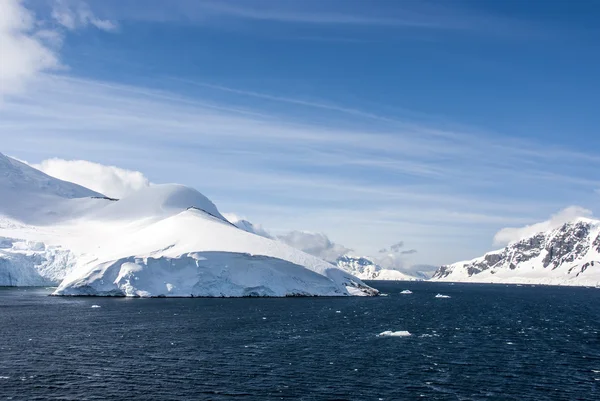
“Below the East Antarctic Ice Sheet, the landscape is one of the most mysterious not just on Earth, but on any rocky world in the solar system,” explained Durham University’s Dr. Guy Paxman. It is not an exaggeration to say this. New research has revealed a giant, otherworldly landscape hidden beneath the Antarctic ice cap, frozen for tens of millions of years and now providing vital insights into the history of our planet and its future.
For half a century, the ice of Antarctica was regarded as a blank, impenetrable sheet. But technologies in radar imaging and subglacial mapping have now uncovered a labyrinthine underworld of old river plains, giant ridges, and deep troughs. These structures not only preserve a lost landscape preceding the ice age but also determine the way the ice sheet flows today.
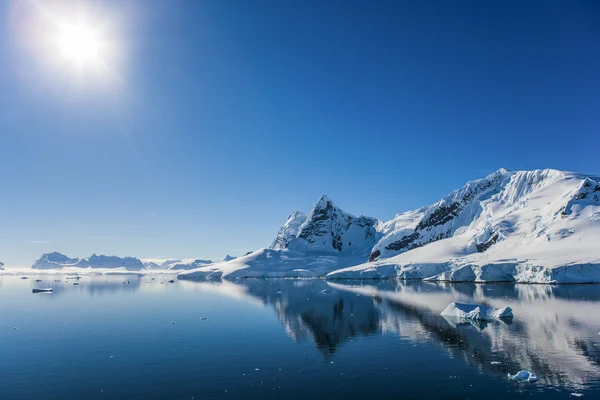
And the secrets extend beyond geology. From enigmatic radio waves emanating from deep inside the ice to new simulations forecasting how this ice giant may react to global warming, Antarctica is turning out to be both a time capsule and a scientific frontier. Seven of the most startling revelations coming from this frozen world are presented below.
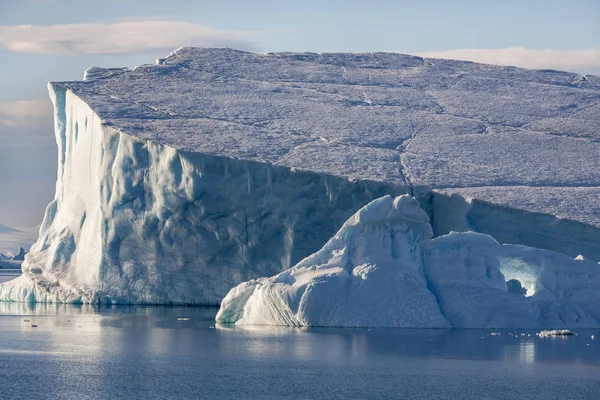
1. A River-Carved Landscape Frozen in Time
Radar surveys have traced out huge, flat surfaces under a 3,500-kilometer-long section of East Antarctica’s coast, the remains of ancient river systems that existed after the continent broke off from Australia around 80 million years ago. The surfaces, some covering tens of thousands of square kilometers, were etched by rivers that flowed toward newly created coastlines before ice swept over the land about 34 million years ago. Amazingly, they have survived relatively unscathed for more than 30 million years, protected from erosion by cold-based ice that smooths and preserves rather than scours the bedrock.
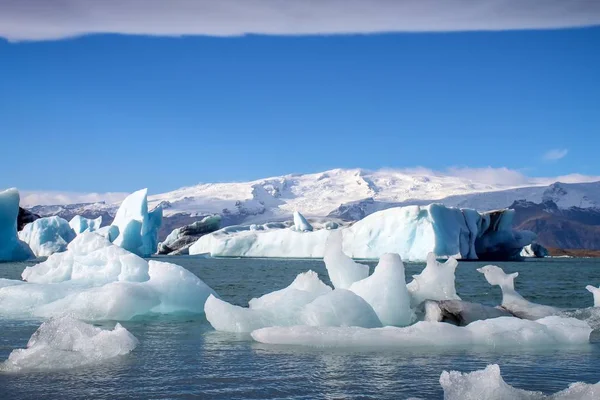
2. Natural Barriers Slowing Glacier Flow
The flat subglacial plains serve as natural speed bumps for ice above. Glaciers moving over these regions take much longer than those channeled through neighboring deep troughs, which serve as icy highways to the sea. The difference in flow rates helps to control ice loss in some areas, a stabilizing influence that may prove vital as climate change speeds up melting elsewhere across the continent.
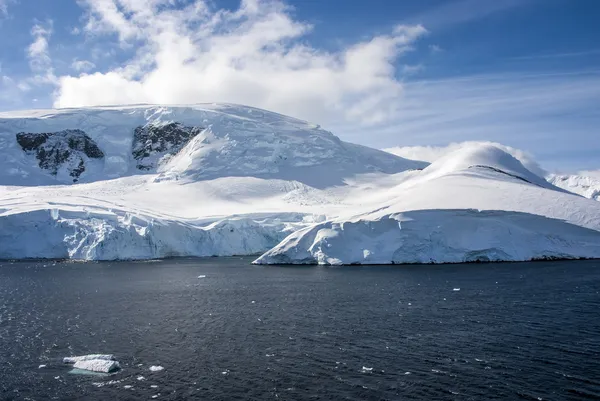
3. Geological Hints at Future Sea-Level Rise
East Antarctica has sufficient ice to increase global sea levels by 52 meters in case it melted completely. By using the effect of these preserved landscapes in their ice-sheet models, scientists can make more accurate forecasts of how the ice may react to warming. Dr. Paxman highlighted that “details such as the shape and geological characteristics of these newly mapped surfaces are crucial in refining our knowledge of ice flow dynamics,” which feeds into predictions of sea-level change under various climate scenarios.
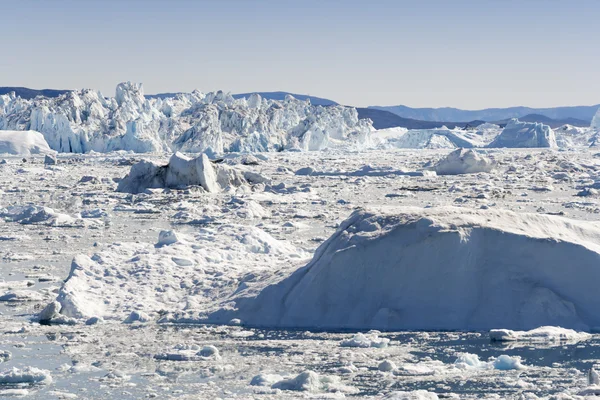
4. A Survivor of Ancient Climate Shifts
Examination of valley networks, ridge elevation, and trough incision indicates this landscape was most recently glaciated by local valley glaciers at least 14 million years ago, and perhaps prior to the initial continental-scale ice sheet’s development 34 million years ago. Its preservation during previous warm intervals, such as the mid-Piacenzian warm period around 3 million years ago, means that this region of the East Antarctic Ice Sheet has been incredibly stable, even while other areas retreated.
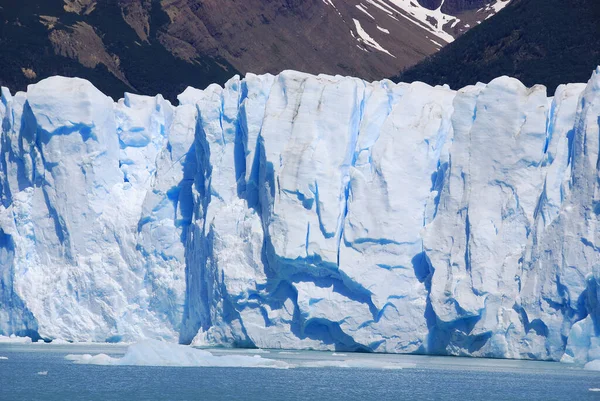
5. Subglacial Passages and Ice Shelf Rifting
Past, present, and future subglacial hydrology models reveal that meltwater channels under East Antarctica are hundreds of kilometers long, transporting freshwater to the ocean at a rate in excess of 160 m³/s in some cases. Discharging where these channels are situated under ice shelves, they can increase localized basal melting by as much as 50% in high-loss projections for 2100, accelerating the retreat of glaciers in risky basins such as Totten and Vanderford.
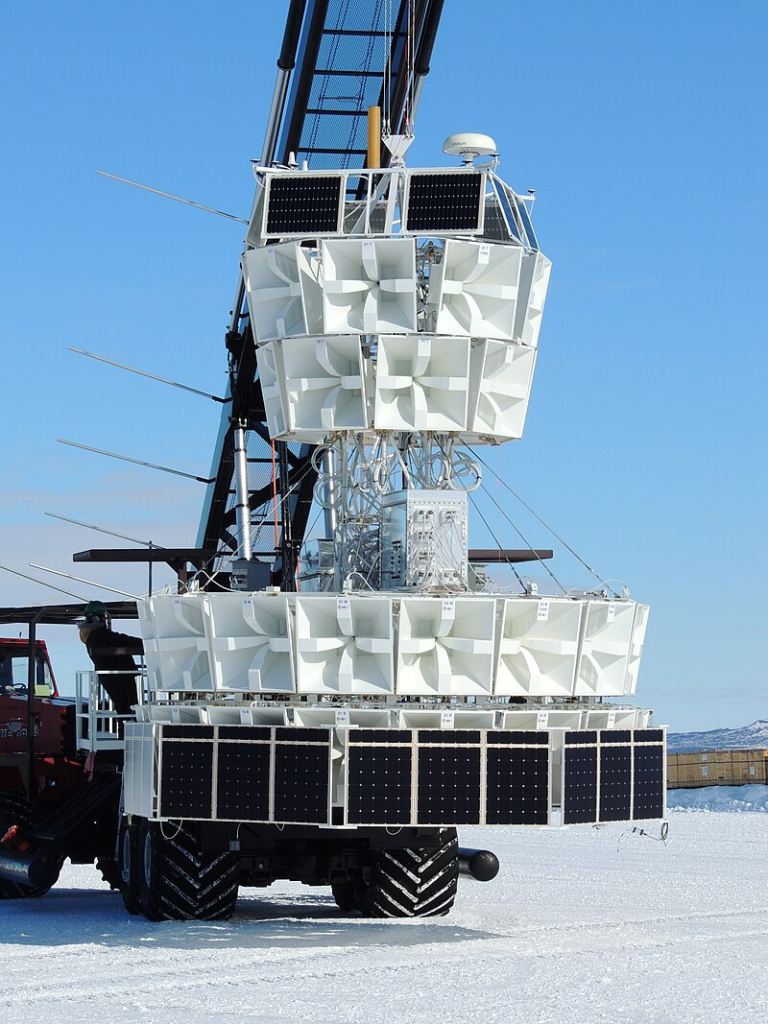
6. The Enigma of Upward-Pointing Radio Pulses
From 2006 through 2016, NASA’s Antarctic Impulsive Transient Antenna (ANITA) had recorded short radio pulses emanating from far within the ice at impossible-to-understand based on conventional particle physics angles. Originally credited to the presence of ultra-high-energy neutrinos, the pulses were subsequently found to be incompatible with such particles when the Pierre Auger Observatory and IceCube were unable to replicate similar events in follow-up observations. “It’s a fascinating puzzle because we actually still don’t have an explanation for what those anomalies are,” explained astrophysicist Stephanie Wissel of Penn State.
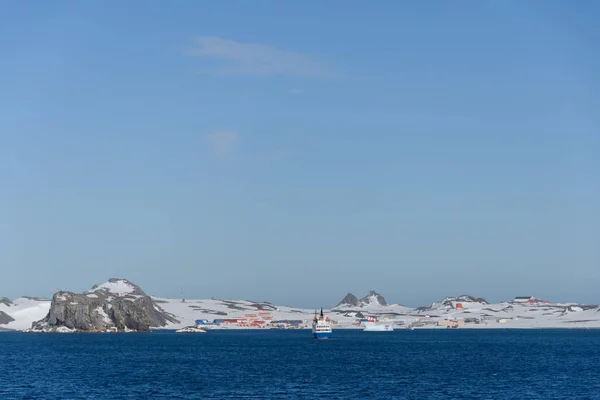
7. A New Hunt with the PUEO Experiment
The ANITA successor, the Payload for Ultrahigh Energy Observations (PUEO), will fly over Antarctica with a sensitivity ten times that of ANITA. Wissel is hoping it will “better understand these anomalies and eventually detect neutrinos in the future.” Whether the signals are everyday radio effects or signs of uncharted physics, the experiment highlights Antarctica as much as a pristine laboratory for cosmic particle detection as a crucible of scientific surprise.
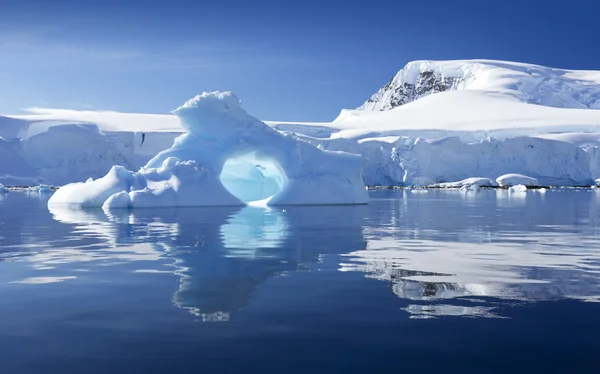
Under the ice cap of Antarctica is a history of Earth’s distant past, from rivers formed before the ice age to the faint imprints of past climate changes. Above and below that ice are enigmatic cosmic signals that foreshadow as-yet-unknown phenomena. Together, these findings tell of a continent not frozen still but in motion a land where geology and climate science intersect with astrophysics. As technology hones our vision, Antarctica’s unseen world will keep provoking assumptions regarding the Earth’s past and the planet’s destiny.

